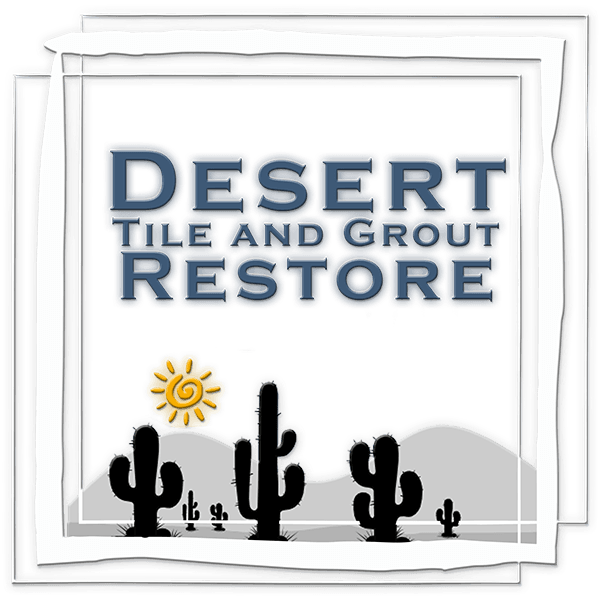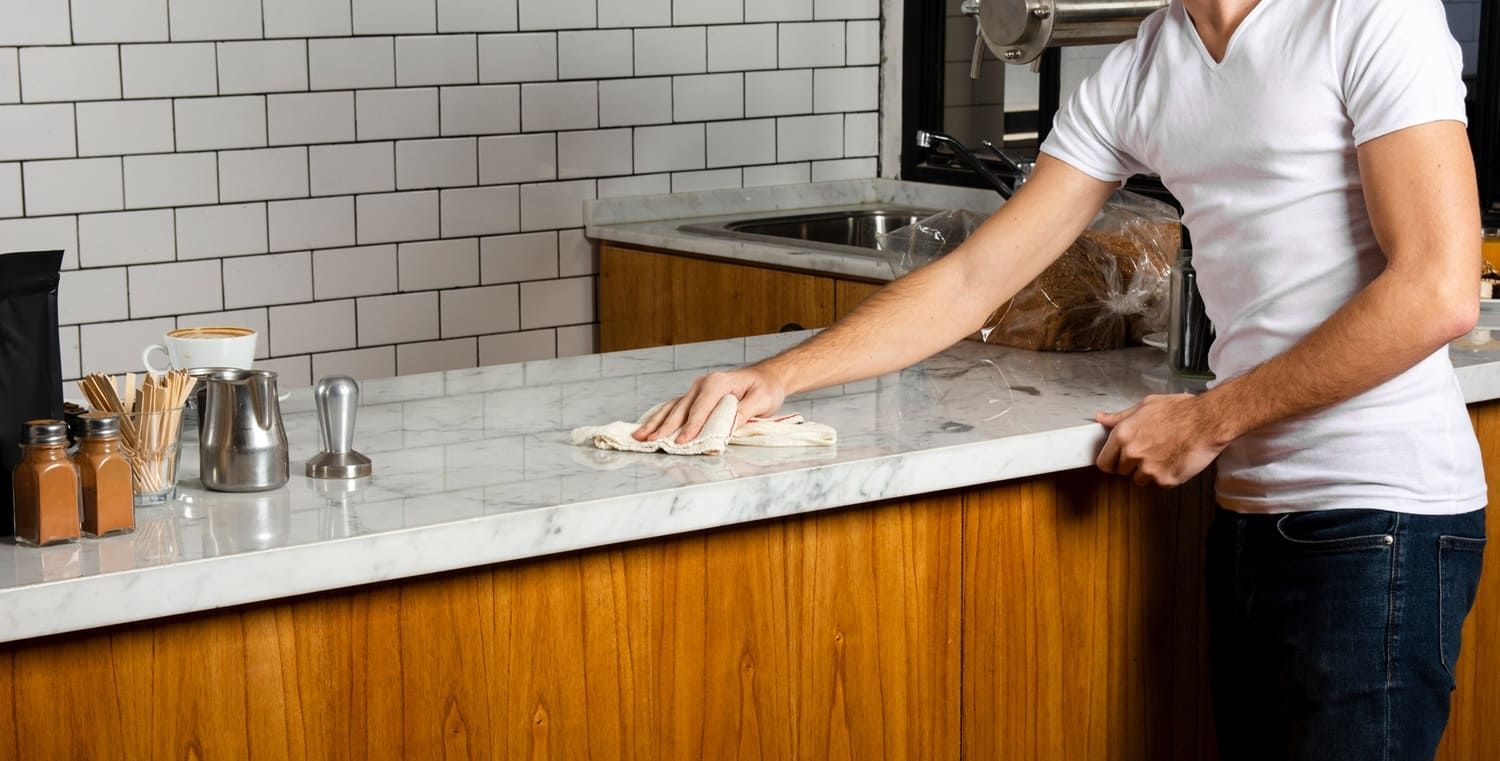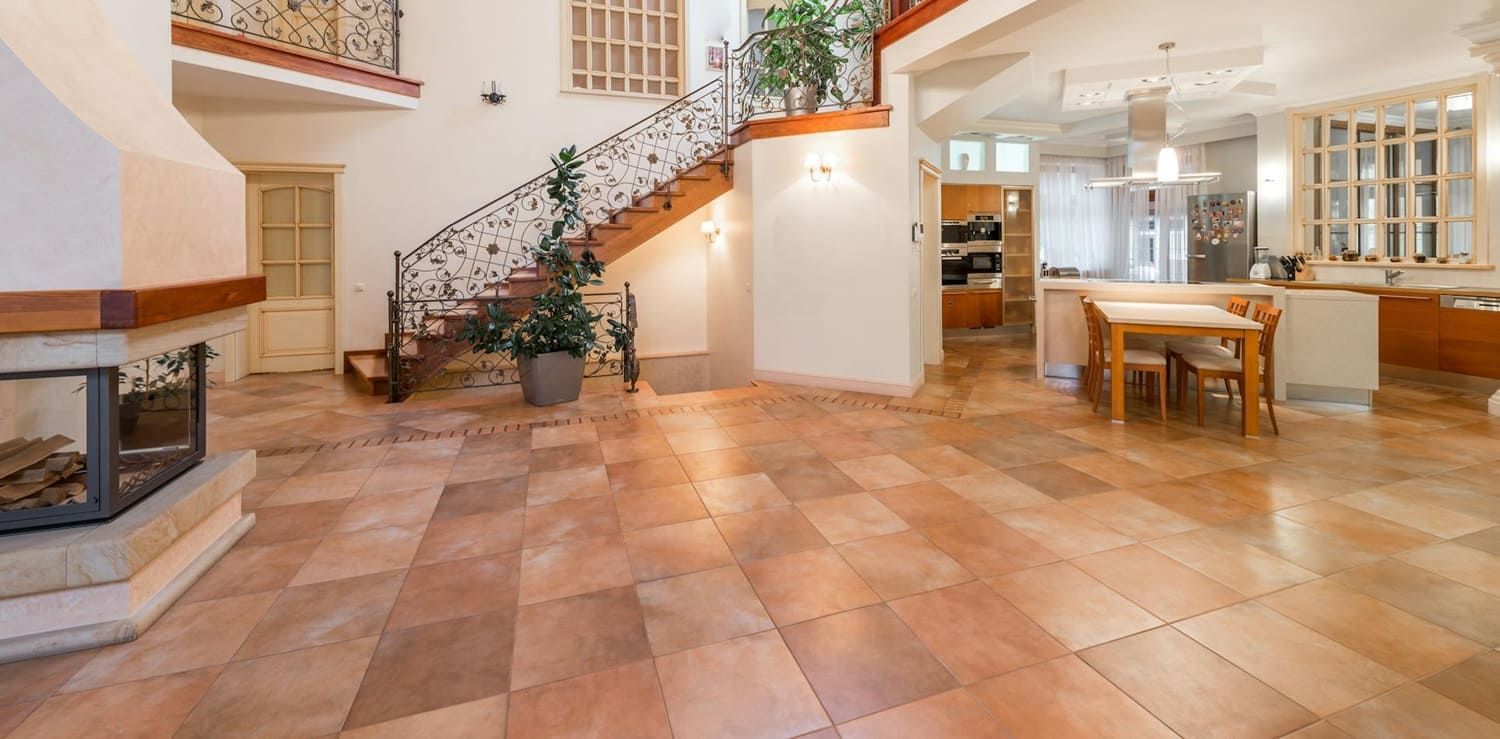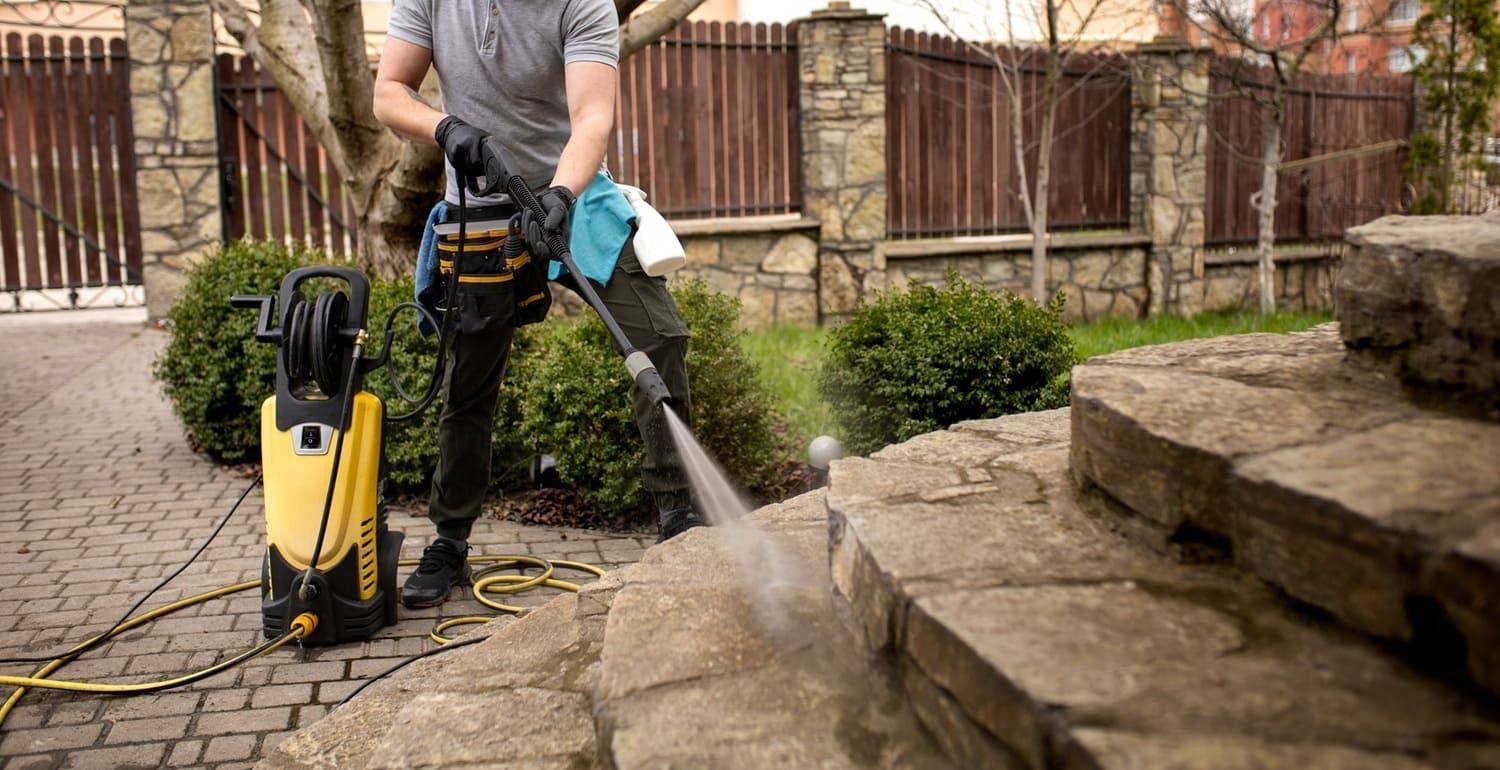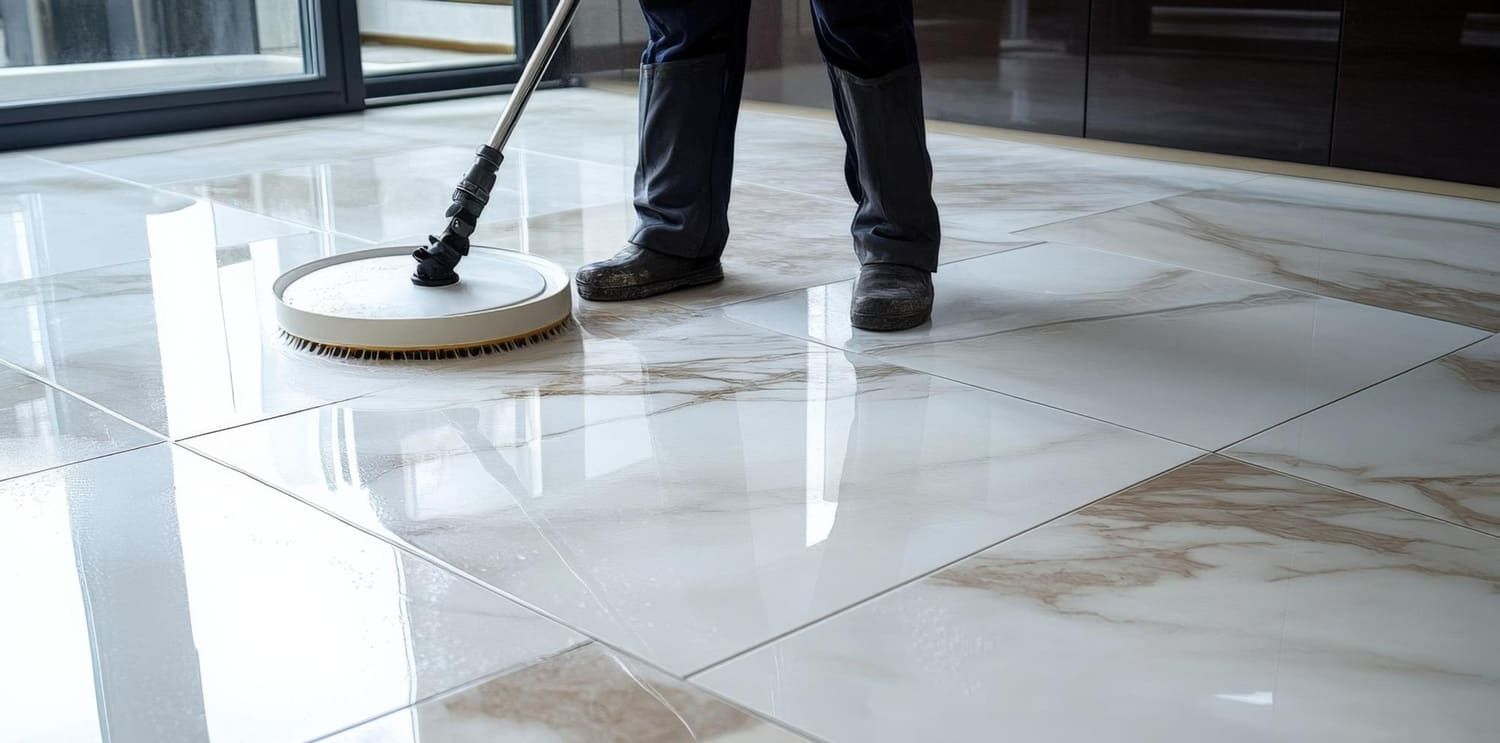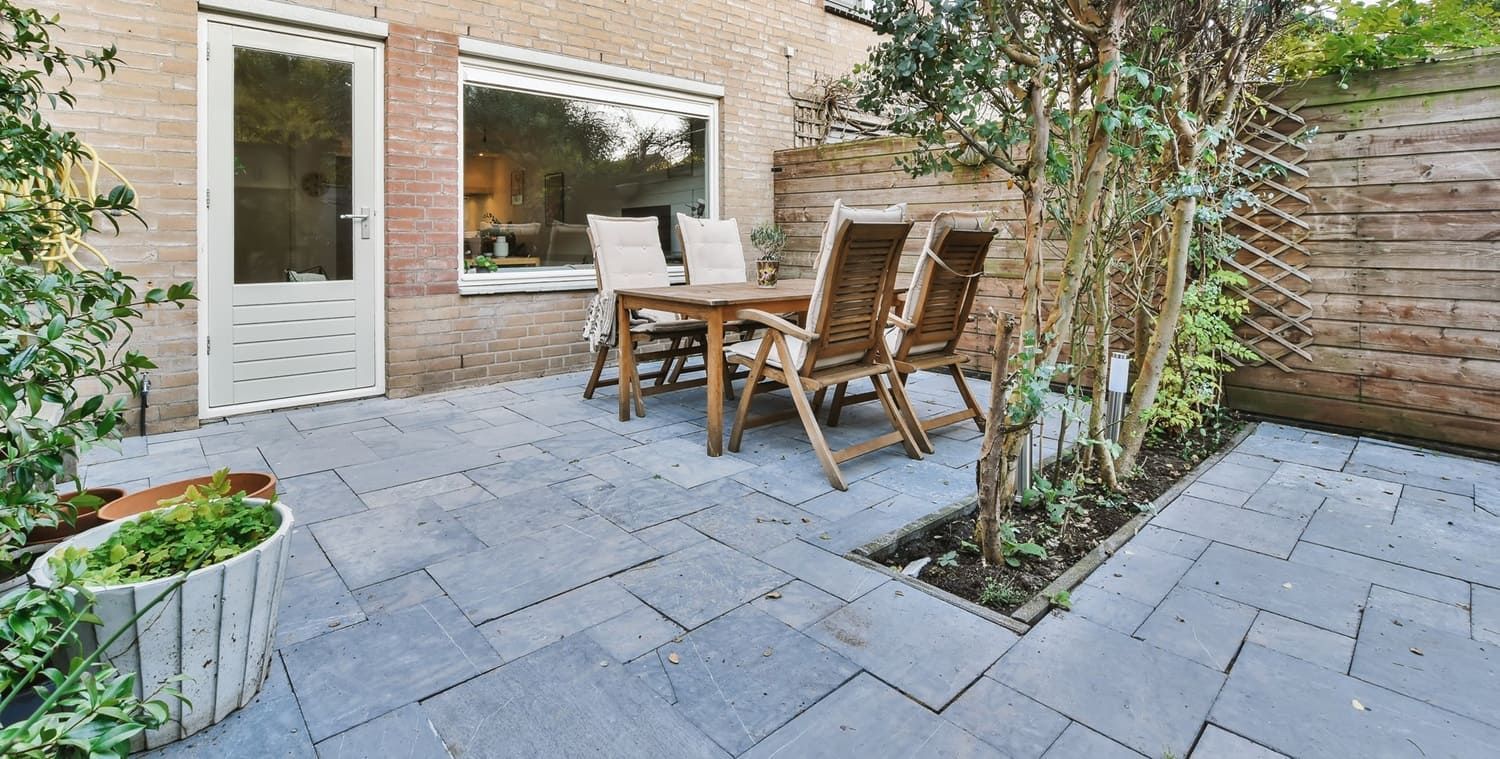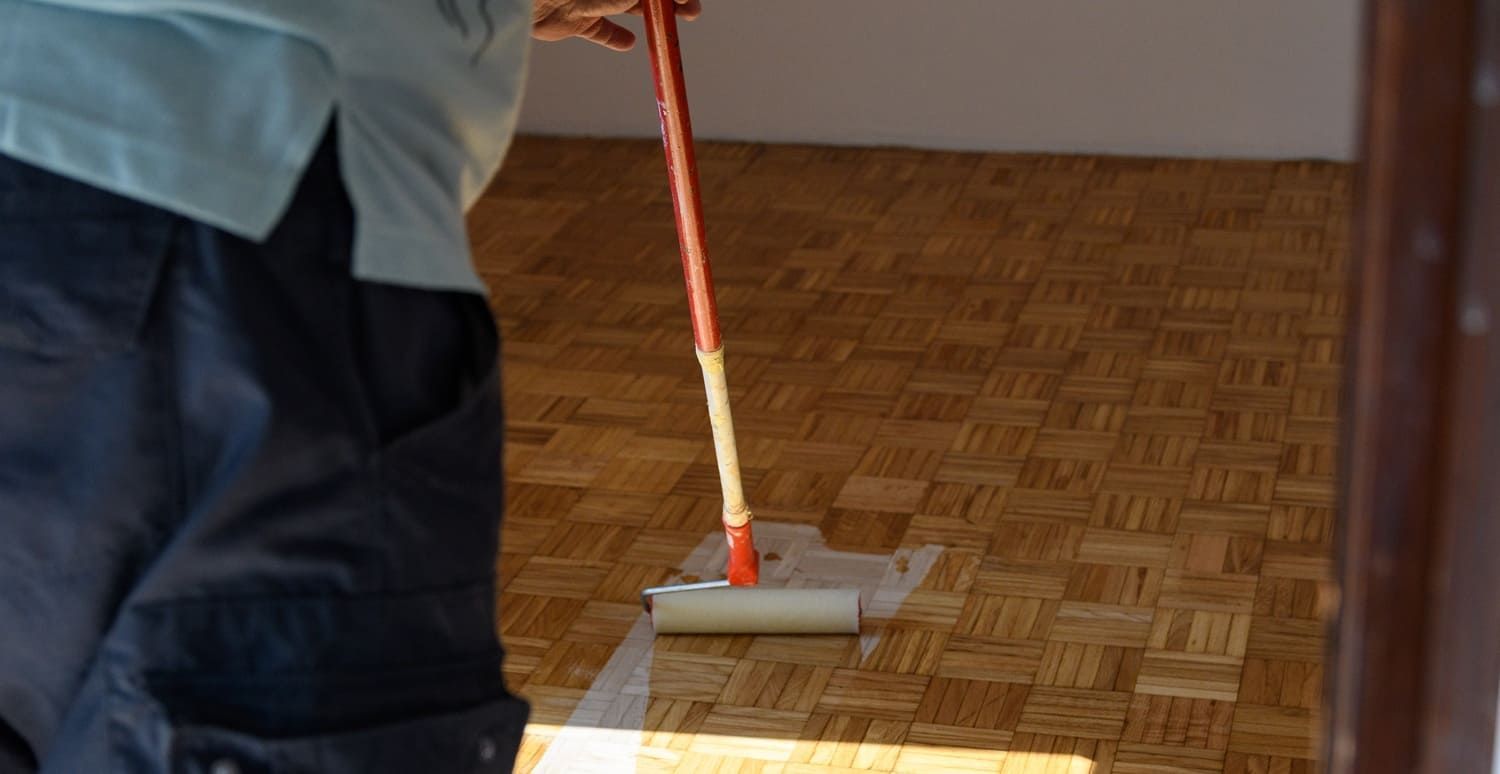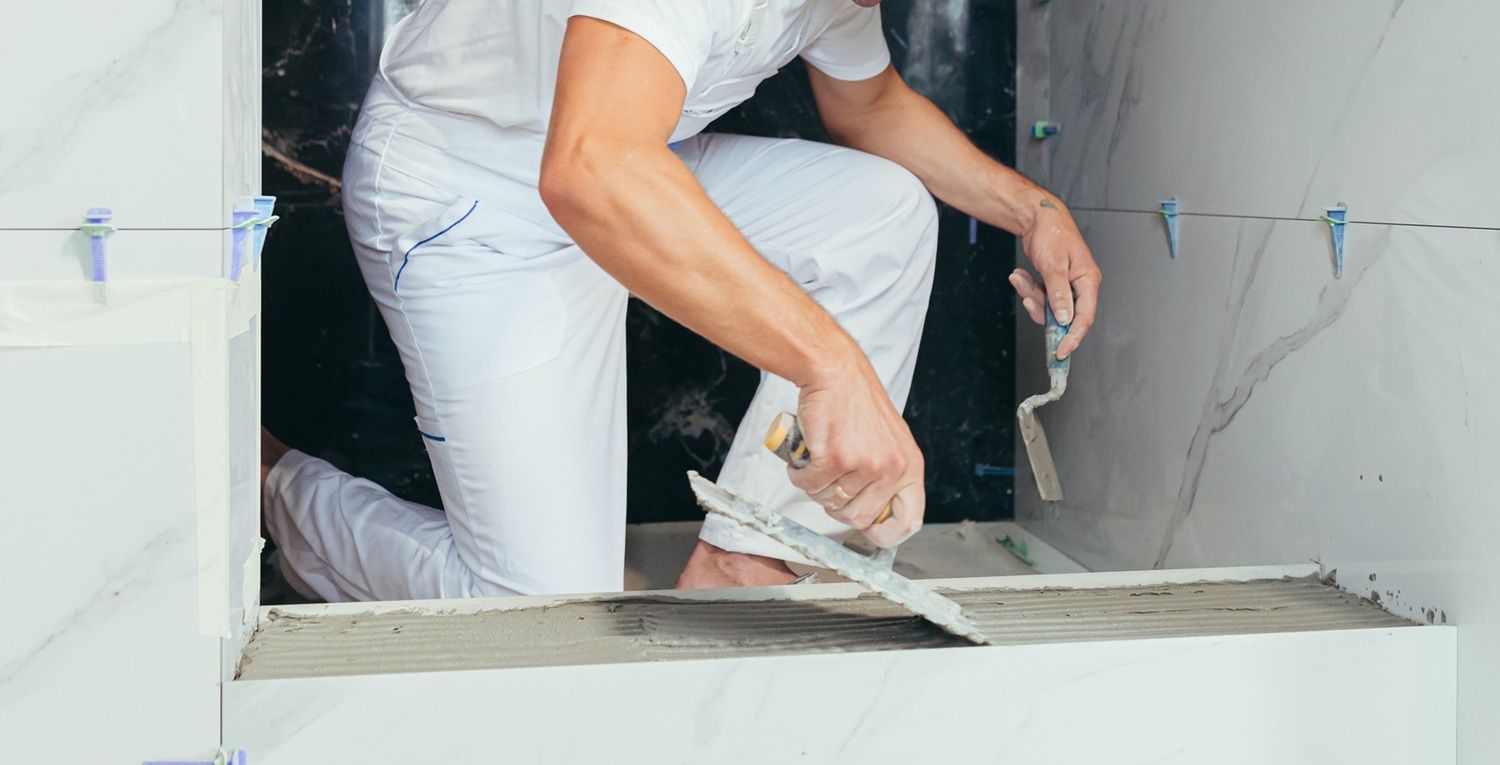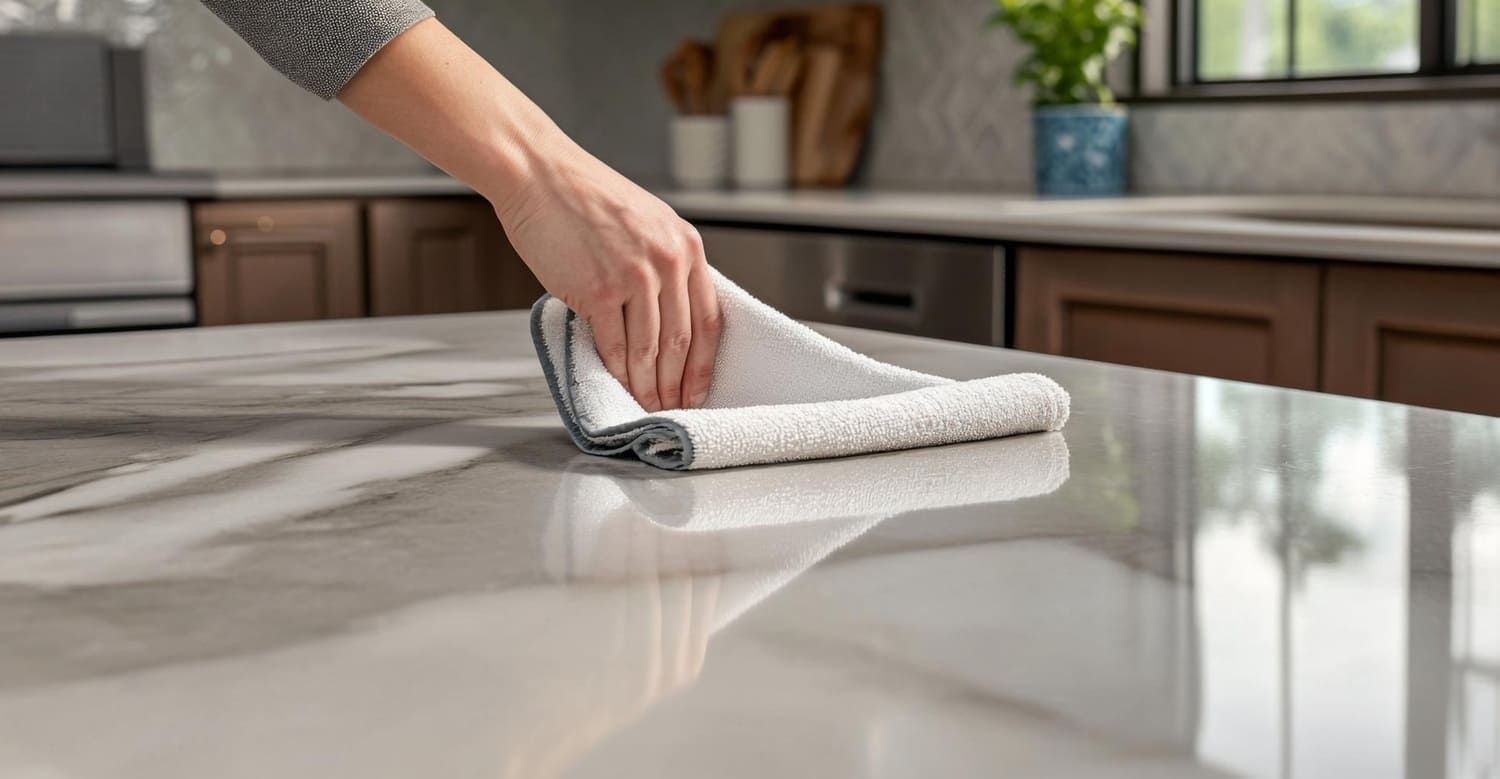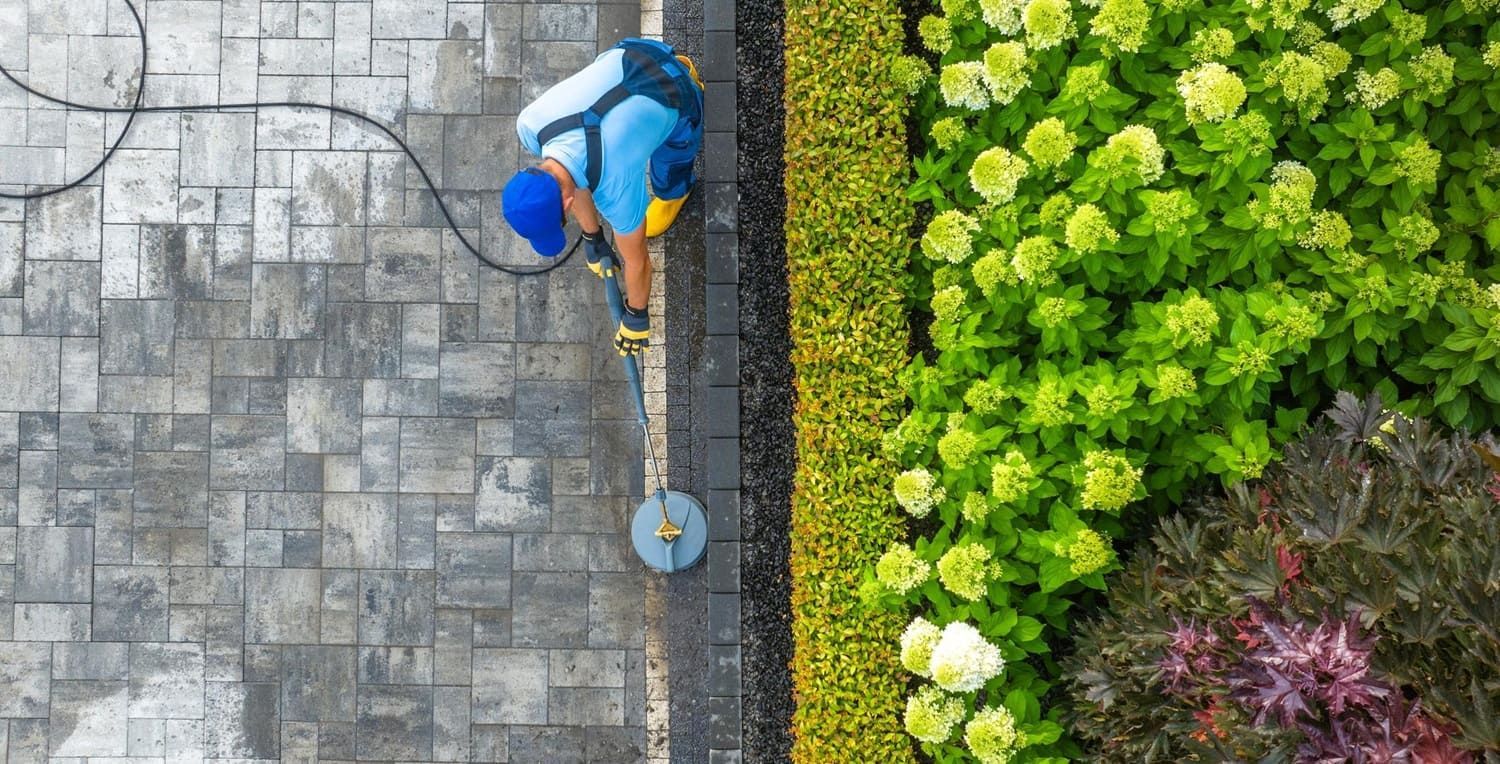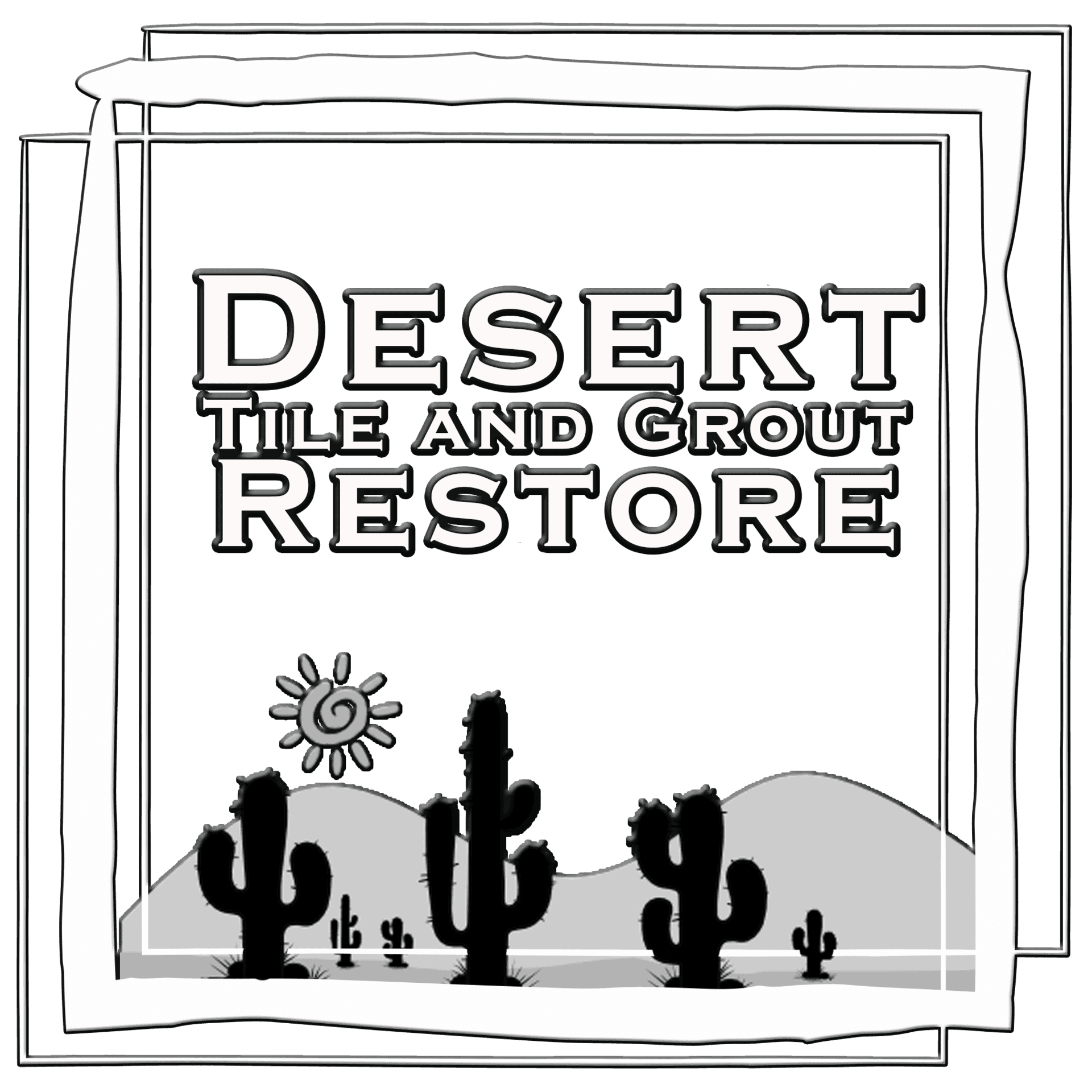ARIZONA'S BEST STONE, TILE, AND GROUT CLEANING SERVICES
Understanding the Difference Between Honed and Polished Travertine
Travertine is a beautiful natural stone that can be used inside and out. See our guide as we look at the difference between honed and polished travertine today.

Did you know travertine dates back to ancient Rome?
Often found in caves and near hot springs, travertine has been one of the most popular building materials for centuries. The stone was even used to construct Rome's (in)famous Colosseum!
In the present day, travertine comes in many different colors and finishes. Polished and honed travertine are two of the most popular. Both make a statement about your home and your tastes.
So you'd better choose correctly.
Keep reading to explore the unique traits of honed and polished travertine - and how to choose the right finish to match your desires.
What Is Travertine?
Travertine is a type of limestone formed by the accumulation of calcium carbonate.
The natural beauty and durability of the stone make it an excellent and ever-popular choice for modern homes. It's available in a range of colors and can be found in both vein-cut and cross-cut patterns.
The two most common finishes for travertine are "honed" and "polished," which both offer distinct characteristics.
What Is Polished Travertine?
Polished travertine is one of the most common types of travertine used in modern homes.
Its surface is shiny and reflective and it gets that way thanks to a specialized grinding and polishing process - hence the name. Fine grit helps to buff out imperfections to reach the desired level of shine, and the end result is a smooth, glossy surface.
Many people associate polished travertine with formal or luxurious settings. In interior home decor, it's often found in living rooms, dining rooms, and entryways for that reason. It is also commonly found as a sturdy countertop material in kitchens and bathrooms.
This is because the polished surface cleans easily, making maintenance less of a chore than it needs to be.
What Is Honed Travertine?
Honed travertine is smooth and flat, but not polished.
Instead, the finish is natural and matte. It evokes the stone's beauty without an added sheen, and honed travertine is typically less slippery than its polished counterpart.
That makes it a popular choice for flooring in places where slip resistance is important.
The honing process removes the top layer of the stone with abrasive materials to reveal the smooth surface underneath. The final product is an understated, versatile finish that complements a wide variety of interior design tastes.
The Difference Between Honed and Polished Travertine
There are several differences between honed and polished travertine that will impact the look and feel of the final result. The main ones are:
- Texture
- Appearance
- Maintenance
Polished travertine is slippery to the touch. Honed travertine is almost rough and offers slip resistance. The high-gloss finish of polished travertine reflects light, creating an air of luxury and formality.
Honed travertine, meanwhile, looks more earthy and "grounded."
Although polished travertine is easier to clean, it may also require more frequent maintenance. That's because scratches and chipping are more visible on the shiny surface.
Advantages of Polished Travertine
As mentioned above, polished travertine stone evokes a feeling of luxury. It's ideal for more formal areas where a splash of elegance and sophistication are important.
The smooth, non-porous surface of the stone is easier to clean than other finishes, making it a practical (and aesthetic) choice for kitchen countertops.
Polished travertine is also attractive for people looking to make a statement. The finish emphasizes the stone's natural patterns and color, making it a visually striking option.
Advantages of Honed Travertine
Primarily, honed travertine stone is versatile and slip-resistant.
Its matte finish makes it suitable for a wide variety of design styles. Whether your taste is rustic or contemporary, honed travertine can be used in a variety of applications from floors to walls to countertops.
While not necessarily more durable than polished travertine, honed travertine doesn't show signs of wear and tear as prominently. That makes it a good choice for people who prefer a low-maintenance option with a "lived-in" look.
Finally, the stone's finish without the sheen creates an organic aesthetic. It's ideal to show off the stone's beauty without going overboard.
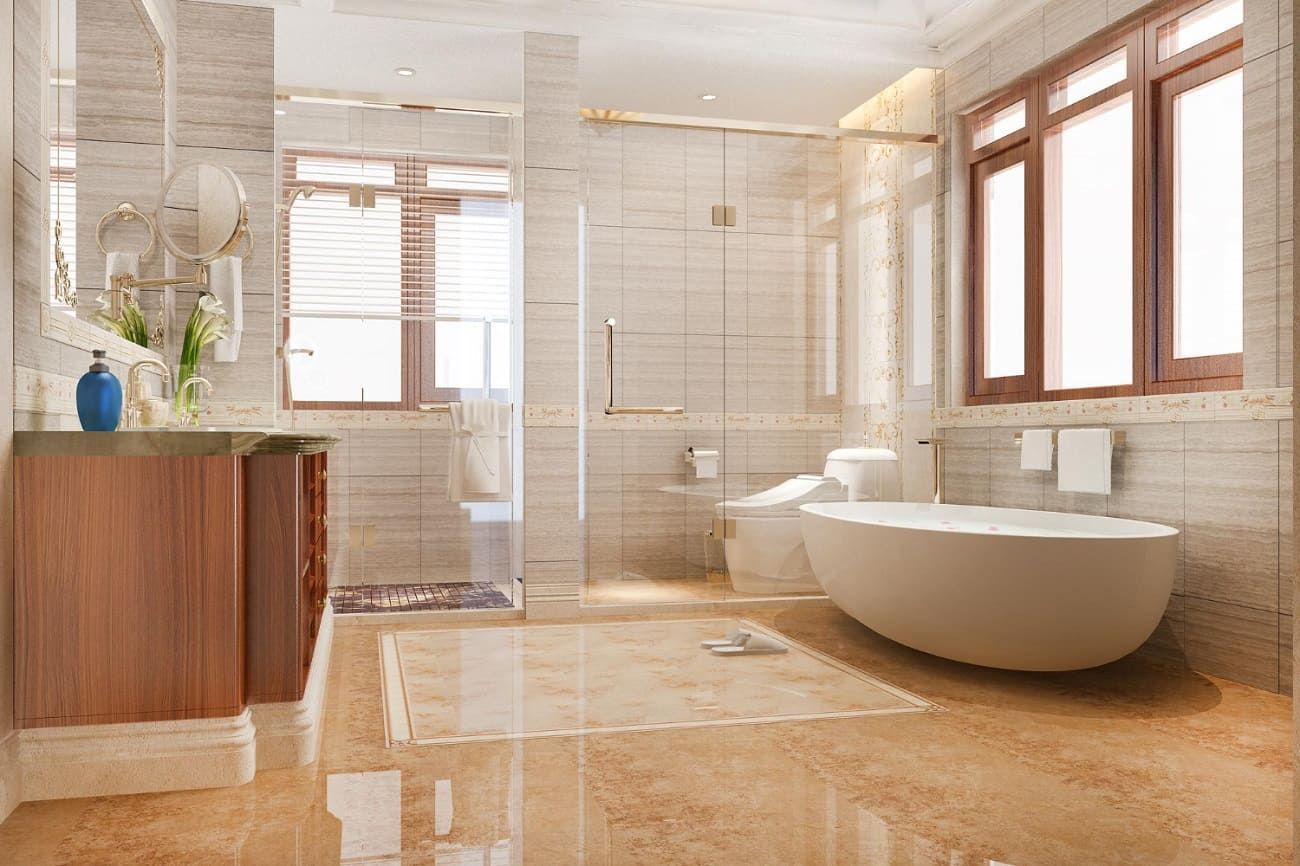
How to Choose Between the Two Stones
When deciding on a building material, ask yourself questions about your intended result. Consider:
- Formal luxury vs. natural beauty
- Where you plan to use the travertine
- How much maintenance you're prepared to do
- Your personal tastes
- The input of professional designers
If you prefer a more formal look, polished travertine may be the better option. Honed travertine is perfect for homeowners who prefer an understatement.
It's also better as a slip-resistant surface. However, honed travertine is harder to clean, so think about how much time you're willing to invest in maintaining it.
Finally, you might consider speaking with architects and interior designers about your desires. They are used to envisioning the potential of luxurious spaces and may be able to point you in the right direction if you're still on the fence.
Popular Uses of Travertine in Home Design
Both types of travertine we've covered here are versatile materials. They find a variety of applications throughout homes, including:
- Flooring
- Countertops
- Walls and backsplashes
- Outdoor patios
Travertine flooring is a popular choice for kitchens, living rooms, and bathrooms. It's also found on countertops in kitchens because of its natural beauty and durability.
The stone can create stunning backsplash designs around your home that stand out or blend in - depending on your choices.
And travertine is an excellent choice for outdoor pavers. Honed travertine is often favored for these areas due to its slip-resistant properties.
Draw the Eye
Both polished travertine and honed travertine offer unique advantages and eye-catching aesthetics. They're suitable for various uses throughout your home and add a splash of formality and luxury.
At Desert Tile & Grout Restore, we're pros at maintaining and restoring travertine pavers. Contact us today to learn more about our services in the Maricopa County area.
